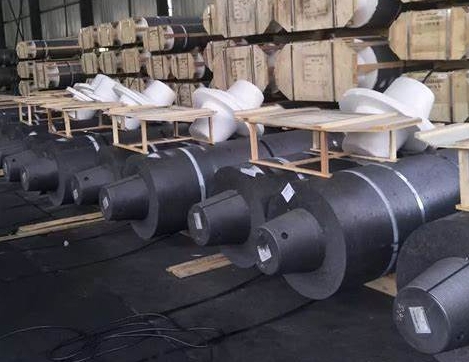
Graphite is widely used in applications that require high temperature. It is able to endure high temperatures without degrading due to its thermal and electrical conductivity. It also has an extremely high melting point, 3,600degC. It is an irreplaceable material when it comes to smelting aluminum, steel or iron. It also finds use in manufacturing a number of chemicals like chlorine gas, sodium hydroxide and hydrogen. It is used in electrowinning as anodes to extract pure metals out of impure solutions or ore. Graphite is also used in glass smelting, and other metal smelting.
In addition, graphite helps to produce ferroalloys that are essential for the steelmaking process. This is done by transferring electricity into electric-arc furnaces in order to melt raw material such as scrap iron or iron. These are combined with other materials to produce different grades. Graphite electrodes are ideal for this procedure as they can withstand extremely high temperatures while ensuring uniform heat distribution, maximising the efficiency of molten metallic production.
The graphite electrode market is a huge industry, boosted by its dependence on high-temperature production. These include iron and phosphorus smelting, ferroalloy production, industrial silicon, and yellow phosphorus melting. Additionally, Graphite Electrode is used in the production of batteries such as lithium-ion due to its superior electrical conductivity and chemical stability.

When choosing graphite for your project, you should know the material's resistance. This can be determined using the four probe method, the most accurate and precise method to measure graphite's electrical resistance. This method involves placing the four probes onto the surface of graphite, and measuring the difference in voltage between each probe. The graphite's resistance is then calculated based on the measured voltage.
This method is not just precise but also extremely accurate. The four-probe test is also the most popular technique for testing the resistance to carbon products, such as graphite electrodes. The four-probe technique is also the most accurate method for testing the resistance of other materials made from graphite, such a castables or moldables.
Graphite can be made in many ways, but it is usually made using petroleum coke of high quality or low-grade needle coke. This process allows for a significant increase of graphite's specific gravity and graphitization temperatures. This leads to a higher mechanical strength, a more uniform physical structure, lowered electrical resistivity, and improved grain connections. This allows the electrodes to carry a higher current density. Graphite electrodes also have a lower rate of electrical expansion and a much better thermal shock resistance. The electrodes come in a range of shapes and dimensions depending on your requirements. This allows the electrodes to be machined to the most suitable shape and size for your application. Graphite’s high thermal conduction helps to reduce the risk of overheating, by dissipating any generated heat and extending electrode life. Finally, the electrodes are easy to solder.

Write a Message